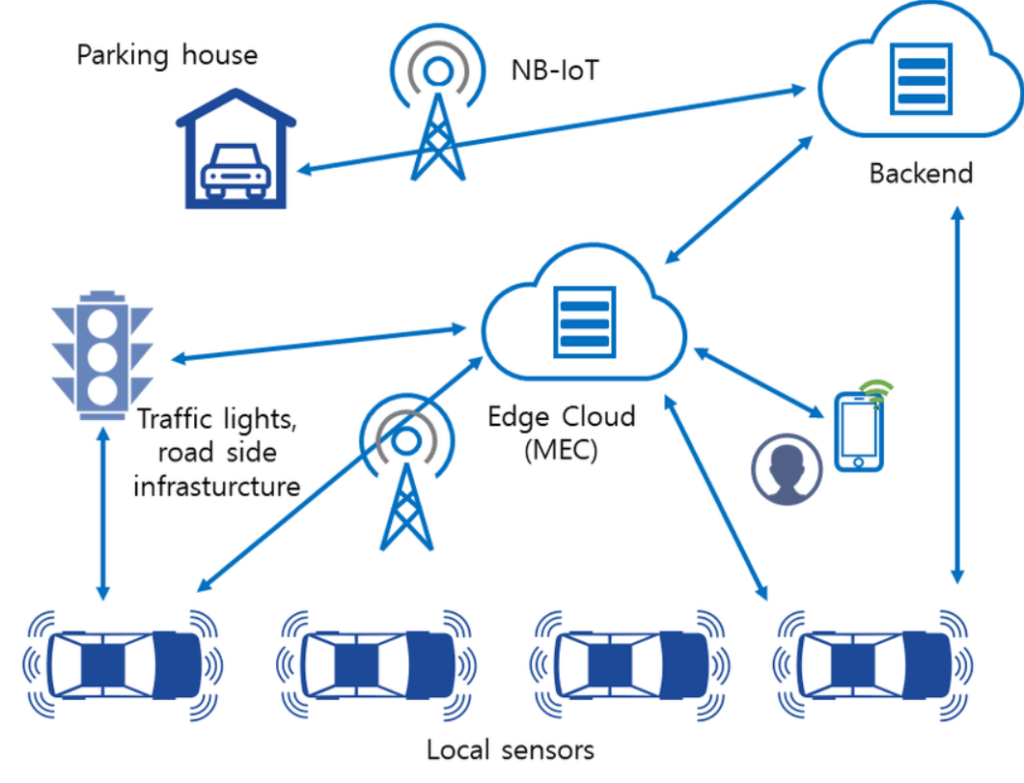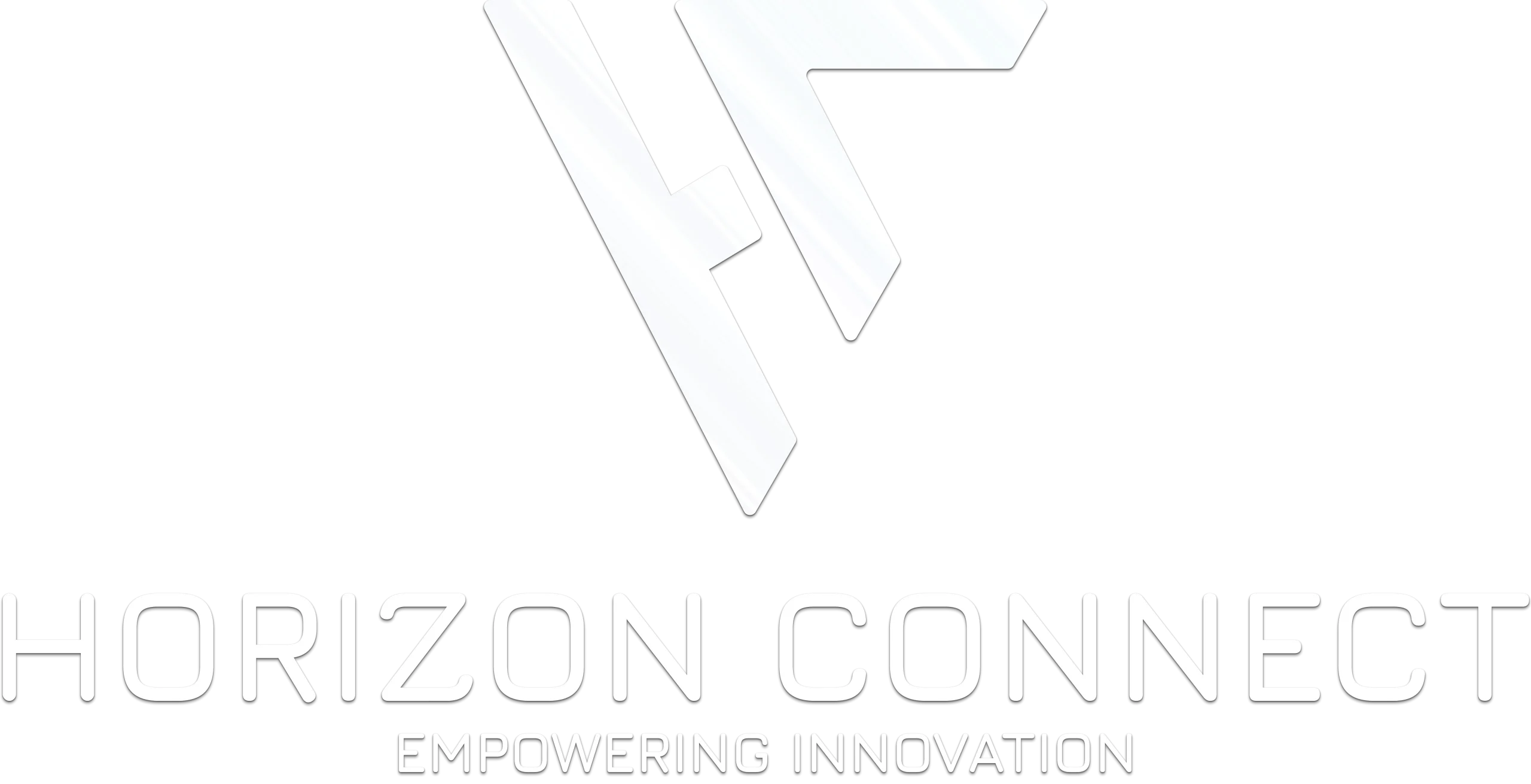The automotive industry is undergoing a transformation, and MEC in vehicles—short for Multi-access Edge Computing—is one of the technologies driving it forward. As connected car services become more sophisticated, the need for ultra-low latency and near-instant data processing has never been more urgent. From collision avoidance systems to over-the-air updates, every millisecond matters.
In this article, we explore how MEC solves major communication bottlenecks, the standards supporting its deployment, real-world success stories, and Horizon Connect’s role in accelerating this revolution.
Why Real-Time Data Matters for Connected Vehicles
Modern vehicles rely on rapid data exchange for features like:
- Advanced Driver Assistance Systems (ADAS)
- Automated braking and steering
- Hazard detection and real-time navigation
Even a 50 ms delay can compromise safety alerts. Traditional cloud processing—due to its distance from the vehicle—simply can’t meet these ultra-low latency demands. This is where MEC in vehicles makes a game-changing difference.
What Is Multi-Access Edge Computing (MEC)?
MEC brings compute and storage resources closer to the car by embedding them in:
- 5G base stations
- Roadside units
- Localized data centers
MEC drastically reduces response times by shortening the path that data must travel. According to ETSI, MEC provides “cloud-computing capabilities at the edge of the network characterized by ultra-low latency and high bandwidth.” ETSI Source

Architecture of autonomous vehicles with edge computing
How MEC Tackles the Automotive Connectivity Challenges
Vehicle-to-Everything (V2X) communication faces several roadblocks:
- Latency: Traditional cloud introduces delays.
- Reliability: Wireless signals are vulnerable to handovers and outages.
- Data Overload: Vehicles generate terabytes of data per day.
MEC addresses all three by enabling local data processing. This reduces reliance on the central cloud and keeps critical applications running even during backhaul failures. 3GPP confirms that MEC “enhances reliability applications function continuously even amid intermittent connectivity.” 3GPP Edge Computing
Global Standards Enabling Scalable Edge Deployment
Thanks to efforts by:
- 3GPP (edge function integration in 5G releases)
- ETSI (MEC APIs and architecture)
- GSMA + AECC (industry collaborations)
MEC is now deployable at scale and interoperable across vendors. 5GAA trials in the U.S. and Europe confirm its ability to support cross-border V2X applications and seamless handovers. 5GAA Trials
Conclusion
Multi-access Edge Computing (MEC) is not just an emerging trend—it’s a foundational technology for the future of connected mobility. By relocating data processing to the network’s edge, MEC in vehicles enables ultra-low latency, higher reliability, and real-time responsiveness that centralized cloud models simply can’t match.
At Horizon Connect, we are proud to be part of this evolution. Our expertise empowers OEMs, Tier-1 suppliers, and mobility providers to unlock new levels of intelligence, efficiency, and safety. As the automotive world accelerates toward a connected, autonomous future, MEC will be the invisible engine driving it forward.


